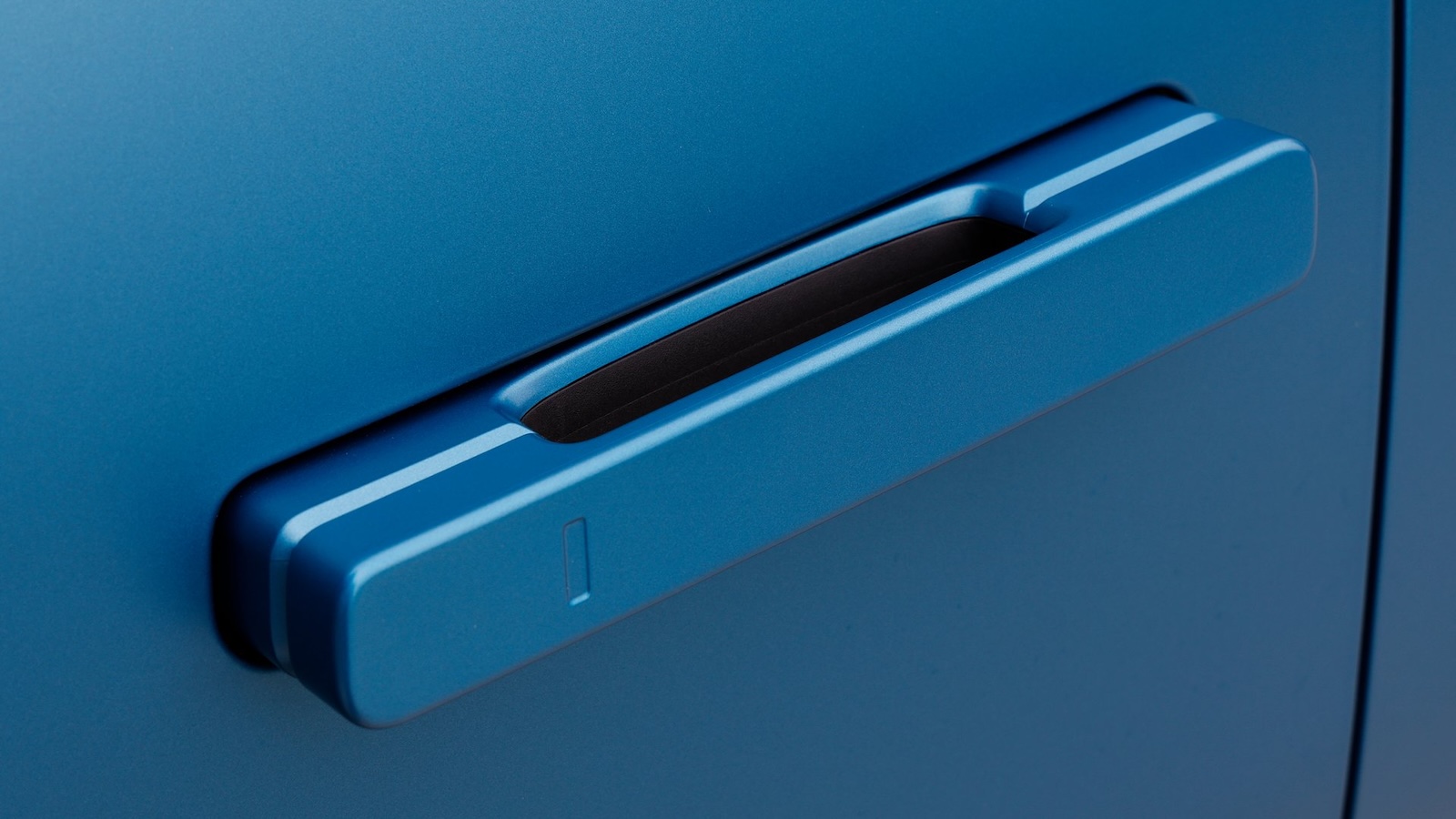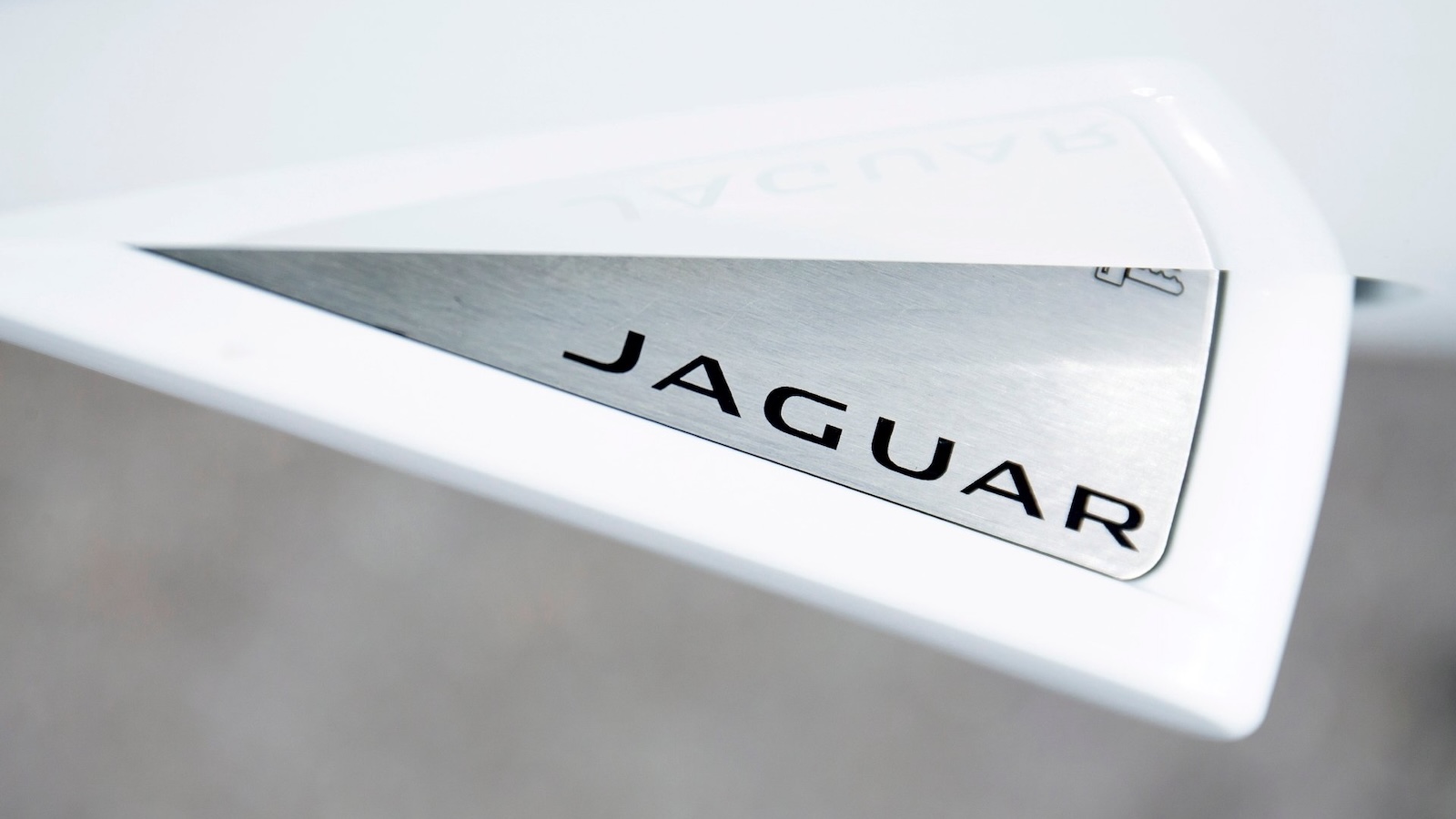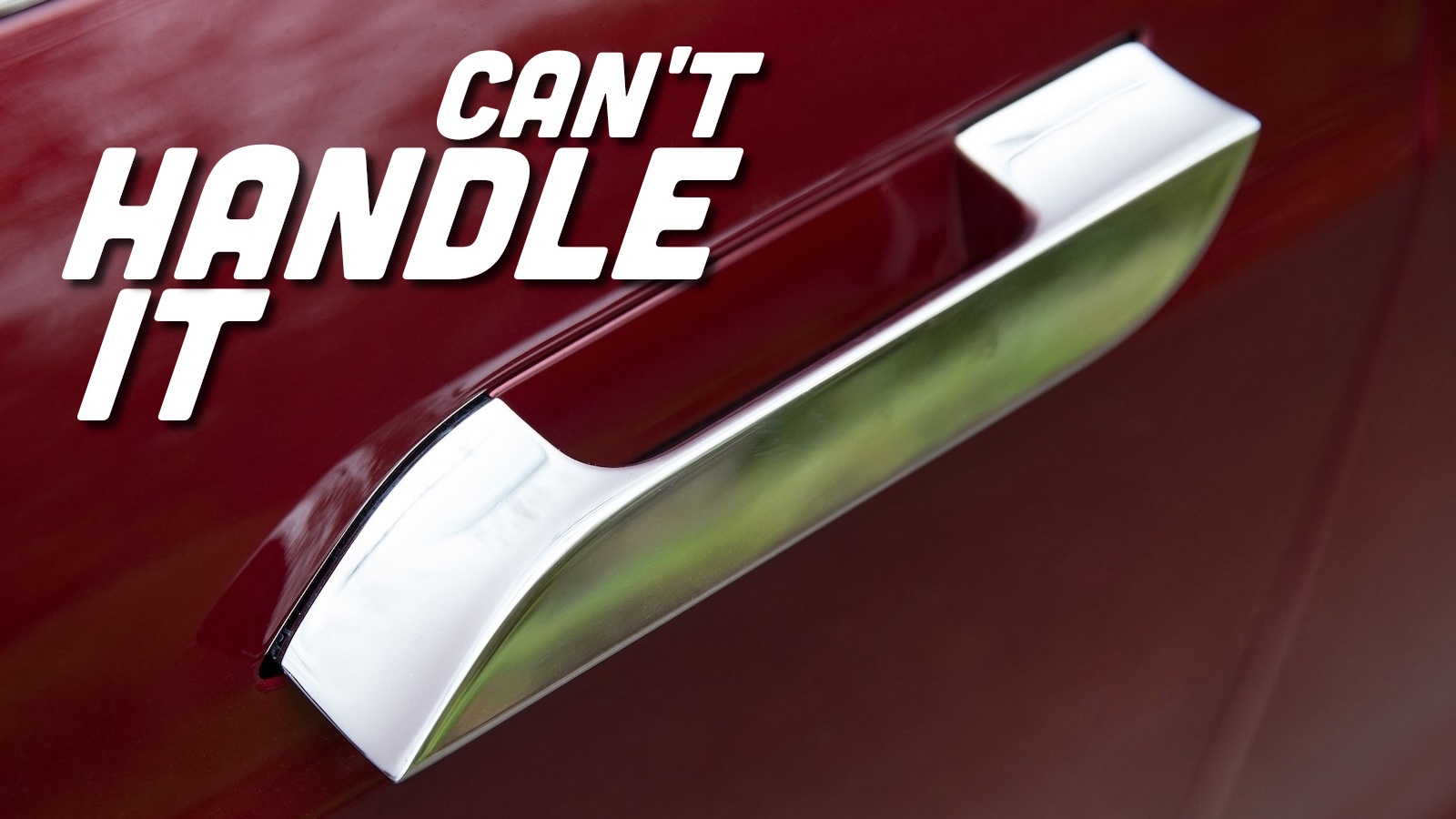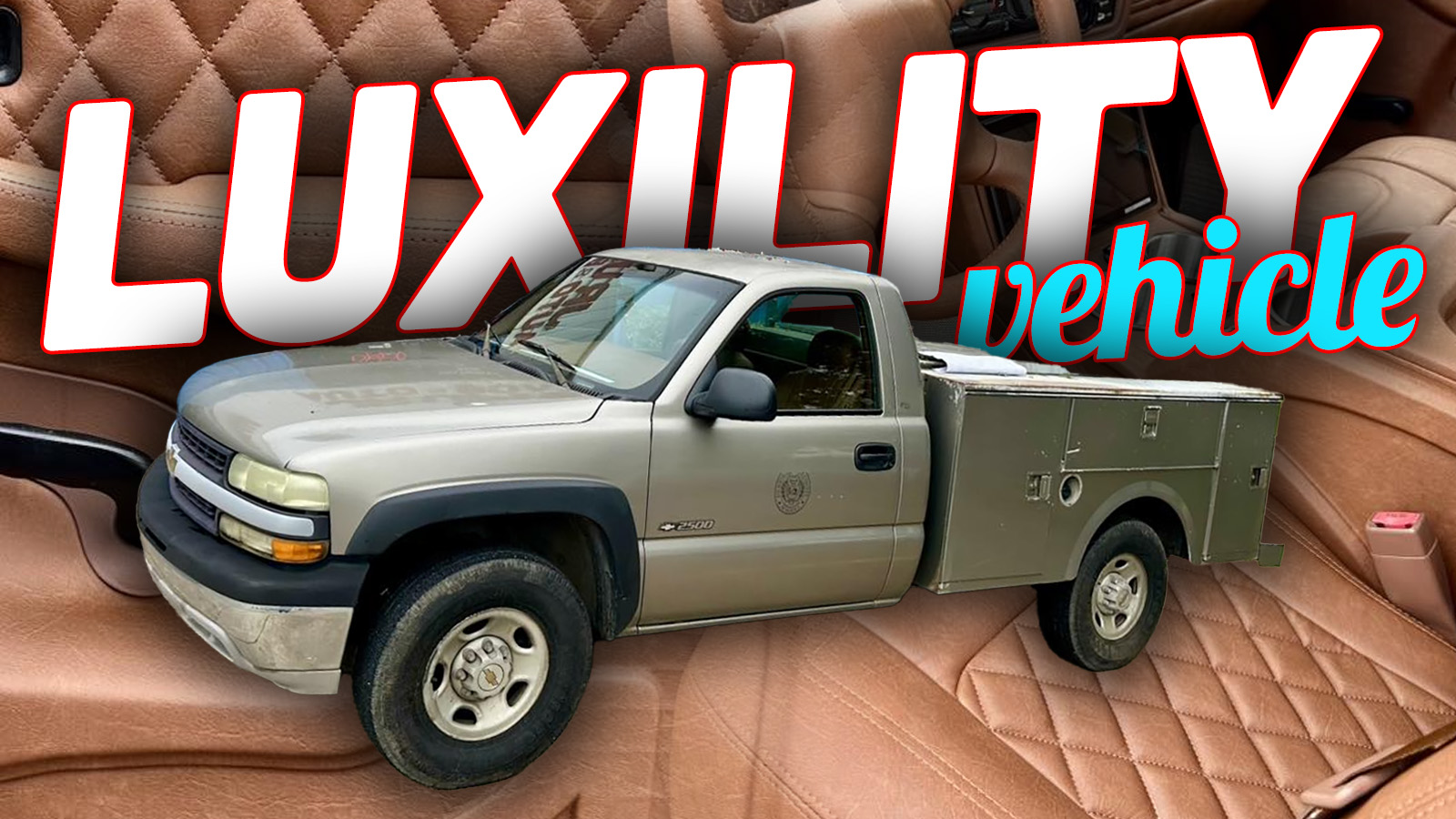Motorized retractable door handles look cool, but they can really be a pain. Some get jammed up with ice in the winter, some are known reliability sore points, some require searching around the interior for an emergency release in the event of a crisis, and almost all of them make it harder to unlock and open a car with a dead battery than it would be with traditional door handles.
As such, it shouldn’t be surprising that safety legislators are viewing these flush-fit electronic door handles with increased scrutiny.
Pretty soon, flush handles might not even be allowed on new vehicles in the world’s biggest car market, as Car News China reports:
According to an R&D professional from a car manufacturer who spoke to Mingjing Pro (明镜Pro) on September 4, discussions are underway regarding new regulations that would explicitly prohibit fully retractable door handles. Semi-retractable and traditional door handles would still be permitted, but critically, they must incorporate mechanical redundancy to ensure reliable operation.
Amending the law in this way makes a lot of sense, and frankly, should’ve happened a long time ago. While flush-fit door handles look cool, entirely motorizing them adds a failure point to a critical safety feature that simply shouldn’t be necessary. After all, vehicles can lose 12-volt power either because of a discharged low-voltage battery or because a collision has severed the supply of low-voltage electricity, at which point requiring a supply of energy to simply open the doors becomes a genuine safety hazard. Hopping the link over to Mingjing Pro, there is some data out there to quantify issues caused by motorized door handles, at least if we trust Google Translate:
C-IASI crash tests show that models equipped with electronic door handles have a door ejection success rate of only 67% after a side collision, far lower than the 98% for mechanical door handles. Furthermore, according to statistics from the China Consumers Association, complaints of children’s fingers being pinched by hidden door handles increased by 132% year-on-year in 2024, with one brand even resulting in a child’s finger being broken.
Both of these metrics are concerning, partly because opening a traditional door handle is as simple as pulling the handle or pressing a mechanical button, and partly because nobody deserves to get their fingers pinched. Compared to the cost of motorized door handles, the benefits of the technology are microscopic.

We’re talking about mechanisms that are heavier than traditional door handles, cost more to fix, and can potentially be safety hazards, all to realistically shave down a vehicle’s coefficient of drag by 0.01, assuming the handles lie perfectly flush when not in use. Even on an EV, that should only translate to tenths of a kilowatt-hour every 60 miles or so. Plus, if fitment as close to flush as possible is the goal, these things don’t have to be motorized.
The 1969 Pontiac Grand Prix had entirely mechanical, largely flush door handles, as seen in this video. Press the raised portion of the handle, and the rest of it pops out, allowing the door to be opened from the outside. Indeed, this proposed ban on flush door handles in China wouldn’t forbid near-flush or partially flush designs, so long as they operate a mechanical release. This was a solved problem 56 years ago. We didn’t need to reinvent the wheel.

China is the world’s largest car market. If a ban on flush motorized door handles goes into effect there, we could see benefits on the other side of the globe. It’s unlikely that an automaker would engineer unique mechanisms for Chinese-market versions of cars available around the world, so it’s possible that some vehicles would revert to mechanical door handles in every market.
Top graphic image: Tesla
Support our mission of championing car culture by becoming an Official Autopian Member.








Yup, this is what we should be doing here and should have done it years ago to prevent all those deaths of victims in these vehicles. To me, Tesla/NAZI Melon Husk are mass murderers and he should be thrown in prison forever (& charged w/ all the other many crimes he’s committed) There are other companies that have these stupid fucking “e”door handles and they should stop making them immediately and be charged for any deaths associated w/ them.
THIS HAS BEEN A SOLVED PROBLEM FOR 115 YEARS!
(Locking door handles came out around 1910)
Was it SAAB that engineered their door handles on the 99, 900 and 9000 to be strong enough to be used as tow points for getting a car out of a bad spot? I thought I read that somewhere.
The ones on my ’01 Jetta felt pretty sturdy as do the ones on my ’17 Accord. They’re not flush but I never heard them making a lot of wind noise. And none of all of the above have ever failed to work correctly.
I’ve had a couple of Lyft rides in Teslas where I spent a bit of time figuring out how to get into them. I think I have the drill down now. I probably don’t know how to get out of one if something goes sideways.